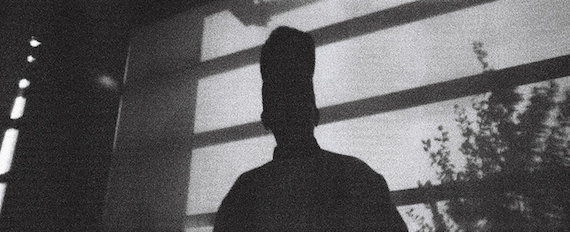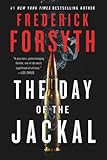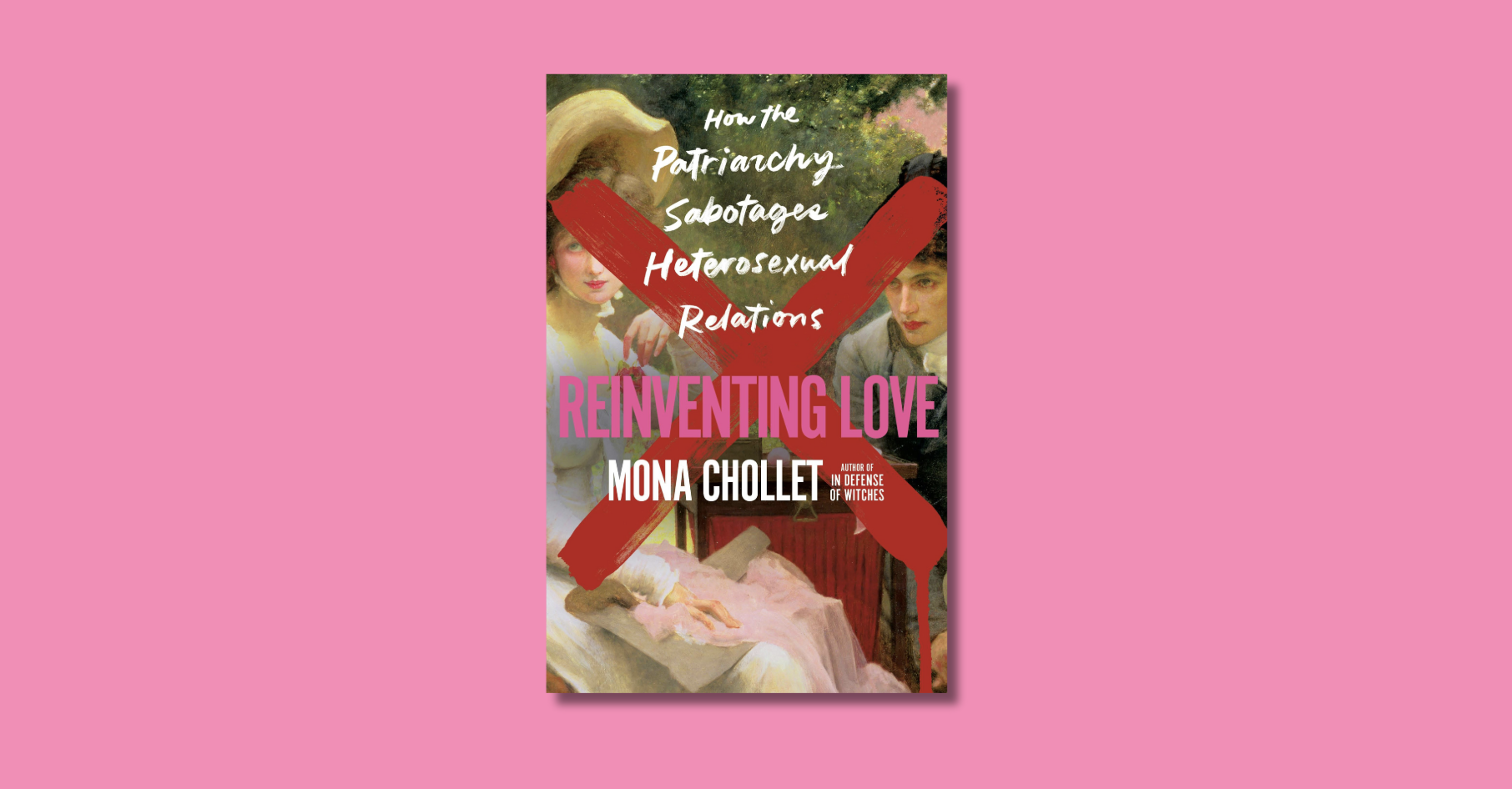
1.
Growing up in socialist India in the 1970s, I haunted my neighborhood bookstores and lending libraries to look for something exciting to read. There was very little contemporary British and American literature but there were plenty of novels with titles in big block letters, their covers featuring a man running or caught in the crosshairs of a riflescope. I soon became addicted to these thrillers.

 Back then, the Berlin wall was still standing, the USSR remained hidden behind its Iron Curtain, and we lived under the constant threat of a nuclear attack. I imbibed this world through the thrillers that I devoured: Graham Greene’s Our Man in Havana anticipated the Cuban missile crisis; John le Carré’s Smiley series created a murky moral world where the British MI6 and the Soviet KGB played a cat-and-mouse game of espionage; Fredrick Forsyth’s The Day of the Jackal centered around the machinations of an international assassin. Later, I discovered the globetrotting, amnesiac hero of Robert Ludlum’s Bourne series and the CIA analyst protagonists of Tom Clancy’s techno-thrillers.
Back then, the Berlin wall was still standing, the USSR remained hidden behind its Iron Curtain, and we lived under the constant threat of a nuclear attack. I imbibed this world through the thrillers that I devoured: Graham Greene’s Our Man in Havana anticipated the Cuban missile crisis; John le Carré’s Smiley series created a murky moral world where the British MI6 and the Soviet KGB played a cat-and-mouse game of espionage; Fredrick Forsyth’s The Day of the Jackal centered around the machinations of an international assassin. Later, I discovered the globetrotting, amnesiac hero of Robert Ludlum’s Bourne series and the CIA analyst protagonists of Tom Clancy’s techno-thrillers.
These were the masters, but there were plenty of imitators. Over the years, I grew tired of these constantly recycled scenarios: CIA and military protagonist, elaborate espionage operations, the “free world” versus the evil Soviet empire. I stopped reading the genre, but it remained with me as a predilection for taut plots and doomed protagonists.
I only returned to reading thrillers a few years ago when I started to write my own series, and, much to my surprise, something fundamental had changed. The new breed of thrillers were no longer set within the geography of the Cold War but located all over the globe—in Thailand, North Korea, Kenya, and Marseilles.
And something else was radically different. During the Cold War, the conflicts that powered the thriller were rooted in ideology: Le Carre’s Berlin and Greene’s Havana were mainly backdrops against which the clash of the superpowers was played out. The new thrillers were not focused on ideology but on place; it was the peeling away of layers of culture and history that gave these novels their impetus.
And clearly this incarnation of the thriller is thriving. Several independent presses now focus solely on novels with international settings: Soho Press, founded in 1986, has a crime imprint that publishes only novels set abroad; Melville House’s Crime Series, founded in 2001, publishes “edgy literature from around the world;” and Europa Edition’s World Noir imprint, founded in 2013, specializes in international noir.
As a writer, I was deeply intrigued by this development. How has the thriller retained the hallmarks of the genre—suspense, swift pacing, intricate plotting, and outsider protagonists—and combined it with such a nuanced exploration of place?
To understand this trend, I turned to four writers for whom place, not ideology, was central to their narratives.
2.
 The setting of John Burdett’s Bangkok 8 is the most famous sexual emporium of our time. The protagonist is a Thai detective, Sonchai Jitplecheep, who is no stranger to Bangkok’s sexual bazaar; he is a half-caste, the son of a Thai prostitute and an American GI from the Vietnam War. Yet, he is also an arhat—a monk-in-training who mediates—and he speaks English, French, and German with taste for designer clothes and expensive perfume.
The setting of John Burdett’s Bangkok 8 is the most famous sexual emporium of our time. The protagonist is a Thai detective, Sonchai Jitplecheep, who is no stranger to Bangkok’s sexual bazaar; he is a half-caste, the son of a Thai prostitute and an American GI from the Vietnam War. Yet, he is also an arhat—a monk-in-training who mediates—and he speaks English, French, and German with taste for designer clothes and expensive perfume.
Like Sonchai, Bangkok is a city with a split identity—caught between the spiritual and the pragmatic. The locals call their home “Krung Thep,” the City of Angels. For them, prostitution is simply a way of earning a living, and true salvation can only be attained by being released from the endless cycle of birth and death.
The plot is set into motion when an American Marine is murdered, and his exotic half-black, half-Thai girlfriend, who has important information about the murder, vanishes into Bangkok’s underworld. Sonchai is assigned the case, and his search for this woman takes him deep into a world of Thai and Russian brothels, dance bars, and sex-reassignment surgeries. It soon becomes clear that the city’s sexual economy is the focus of the book, and Sonchai must navigate his way through the two versions of the city.
Exotic “Bangkok,” it turns out, is a nighttime construct that is sold to lonely white men who have confused sex with salvation. In precise prose, Burdett describes a brothel during the clear light of day: “…women in overalls wiped the tables and mopped the floors. The aroma of pine cleaning fluid blended with stale beer, cigarettes and cheap perfume.”
Burdett is too intelligent a writer to try to reveal the “true’” Bangkok, and that is the main appeal of this novel. The city remains a series of shifting perceptions, both metaphor and reality. Staring at his city’s skyline, Sonchai tries to make sense of its mix of spirituality and raw physicality: “Its true signature, however, is the permanent skeletons of unfinished buildings, their bare bones turning black in the pollution, as if the Buddha is reminding us that even buildings die.”
 The protagonist of James Church’s A Corpse in the Koryo, North Korean police “Inspector O” is caught in a convoluted, vicious plot between two branches of the nation’s security services. O is a disaffected maverick who only survives because he is the grandson of a national war hero. Investigating a car smuggling operation, O travels through North Korea to try and unravel the mystery but finds himself deeper and deeper in a game of chess where the players remain hidden.
The protagonist of James Church’s A Corpse in the Koryo, North Korean police “Inspector O” is caught in a convoluted, vicious plot between two branches of the nation’s security services. O is a disaffected maverick who only survives because he is the grandson of a national war hero. Investigating a car smuggling operation, O travels through North Korea to try and unravel the mystery but finds himself deeper and deeper in a game of chess where the players remain hidden.
Church’s North Korea is a society so closed and regulated that daily life has been drained of its vitality and reduced to a series of symbols. Reality is slippery here, and the capital city, Pyongyang, seems difficult to describe: One character likens it to Washington D.C., while another says that it “fits together nicely.” Instead of a panoramic overview, Church gives us detailed description of the gimcrack buildings: “Much of the building’s yellow façade…had fallen away, leaving concrete that for some reason turned a deep green when it rained.”
In O’s world, the present is barely real. The only real thing is nature— particularly trees. O’s grandfather was a skilled woodworker, who taught him that trees were more “civilized” than people. To maintain a grasp on reality, O has taken to carrying around small pieces of wood, which he sands down compulsively.
As the mystery deepens, and O is hunted, it’s wood that signals his salvation. O’s grandfather used to make furniture, and these pieces—a desk, a chair, a box, all lovingly and intelligently built—surface throughout the novel, signaling a network of people who are still loyal to O’s grandfather. These pieces take on the role of survivors—reminders of a physical world that was destroyed to make way for a utopia that has all the heft and dimension of a stage set. The absence of a setting haunts the book as the labyrinthine plot advances with reveals and double crosses. In the end, it’s Pyongyang—barely described and ghostly—that creates the powerful feeling of mystery that permeates this fine novel.
 Mukoma Wa Ngugi’s Nairobi Heat starts at a flashpoint of racial tension: In Madison, Wisconsin, the body of a murdered white girl is found lying on the doorstep of a dark-skinned African man, a Rwandan activist who saved thousands of lives during the genocide and is now a professor at the local university. African American police detective Ishmael is under a lot of pressure to solve the crime: While black-on-black violence often goes unpunished, a possible black-on-white crime must be solved promptly. He is sure there is a link between the Rwandan activist and the dead girl but cannot prove it. When a mysterious phone caller tells him that the answers to the crime lie in Nairobi, he travels there. As an African American, Ishmael has had little curiosity about his ancestral land: “There was a part of me that had come to believe it was a land of wars, hunger, disease and dirt even as my black skin pulled me towards it.”
Mukoma Wa Ngugi’s Nairobi Heat starts at a flashpoint of racial tension: In Madison, Wisconsin, the body of a murdered white girl is found lying on the doorstep of a dark-skinned African man, a Rwandan activist who saved thousands of lives during the genocide and is now a professor at the local university. African American police detective Ishmael is under a lot of pressure to solve the crime: While black-on-black violence often goes unpunished, a possible black-on-white crime must be solved promptly. He is sure there is a link between the Rwandan activist and the dead girl but cannot prove it. When a mysterious phone caller tells him that the answers to the crime lie in Nairobi, he travels there. As an African American, Ishmael has had little curiosity about his ancestral land: “There was a part of me that had come to believe it was a land of wars, hunger, disease and dirt even as my black skin pulled me towards it.”
But Nairobi (called “Nairobbery” by locals because of the crime rate) is very real. In the post-independence city, the upper classes live in gated communities patrolled by security guards, while the poor, including refugees from Africa’s many conflicts, live in slums where even the air smells different: “In spite of the open sewers, and the thousands of barely clothed sweating bodies milling around us, it wasn’t a bad smell.” The smell of the slums is the first indication that Nairobi, despite its poverty and violence, is an intensely human place, and Ishmael feels its appeal. He teams up with a local African detective, and the two of them search for the mysterious caller.
As Ishmael and his partner bludgeon and shoot their way to the truth, he feels the pull of being in an all-black world, where his own blackness is not, for once, defined in relation to whiteness. Yet, he does not fit in, and the Africans recognize his height and bulk as alien and call him muzungu (white man).
Ishmael takes a local lover, becomes more and more familiar with Nairobi, and even helps a group of tribesmen slaughter and cook a goat. He feels liberated from the racial constraints he has experienced in America, but he also acutely conscious of his difference. He cannot trade in his American identity for an African one, and he eventually returns home to Madison.
Instead of providing a new identity, Africa becomes a way for Ishmael to re-evaluate his American existence. A few days after his return, he is at a grocery store in Madison and sees it through different eyes: “I had wanted to throw up—the chicken, so full of chemicals that it looked white, the giant oranges and bananas.”
The triumph of Nairobi Heat is that it does not paint Africa as the “dark continent” or as a place that allows easy submersion into a new identity. Instead, for Ishmael, Africa becomes a mirror that is held up to his American existence, a way for him to re-imagine the boundaries and possibilities of his world.
 Jean-Claude Izzo’s Total Chaos is the story of three friends who all grow up together in the port city of Marseilles. One of them becomes a criminal and is killed; the second friend, now a sailor, returns to Marseilles to avenge the death and is set-up and murdered. It’s left to the survivor of the trio, Fabio Montale, now a cop, to solve the mystery of his friends’ deaths.
Jean-Claude Izzo’s Total Chaos is the story of three friends who all grow up together in the port city of Marseilles. One of them becomes a criminal and is killed; the second friend, now a sailor, returns to Marseilles to avenge the death and is set-up and murdered. It’s left to the survivor of the trio, Fabio Montale, now a cop, to solve the mystery of his friends’ deaths.
Fabio is motivated by guilt. He has moved away from his old neighborhood and has distanced himself from his friends. Yet, he is still haunted by Lole, the beautiful gypsy girl that all three of the men loved. On the surface, Total Chaos is a classic tale of a man forced to confront his past, but at its heart, it’s a portrait of the changing face of Marseilles.
During Fabio’s youth, Marseilles was a thriving port that attracted immigrants from all over the Mediterranean and Africa—Fabio’s own parents are Italian immigrants. All of these new arrivals became denizens of Marseilles, speaking their own patois, eating the distinctive food of the city, and engaging in a strict honor code. For Fabio, Marseilles was a utopia: “A place where anyone, of any color, could get off a boat or a train with his suitcase in his hand and not a cent in his pocket, and melt into the crowd.“
But in the decades since, the city has changed. The economy has collapsed, and the old way of life—with its egalitarian spirit and its easy rituals—is fading fast. Even Fabio’s neighborhood, a mildewed and ancient slum, is being gentrified. As the city is transformed, the new immigrants—mainly Arabs—are discriminated against and forced into housing projects on the periphery.
As Fabio investigates his friends’ deaths, he enters a world of police corruption and mafia factions, where hidden forces are competing to control the lives of the Arab immigrants and to shape the city that is coming into being. And Fabio comes to a deeper realization: that his friends died, in part, from nostalgia. Trapped in the old Marseilles and following its code eventually proved lethal for them. Of the three men, only Fabio—because he has an outsider’s perspective—can hold both cities in his mind.
Total Chaos is ultimately a novel about the transformation of a city. It’s also an exploration of nostalgia as a double-edged sword: It a can provide a counter-narrative to unthinking change but also can prove to be lethal. As one of the characters muses: “What he had to say would have taken ages… But they didn’t have time for that anymore. Or rather, time had overtaken them. The future was behind them. Ahead, nothing but memories and regrets.”
3.
Taken collectively, these novels offer a glimpse into the evolution of the thriller. Although ideology provided the impetus to the previous generation of Cold War thrillers, place has come to be the new focus: Burdett’s novel explores the two competing visions that make up Bangkok; Church’s North Korea is a portrait of the unreality of totalitarianism; Ngugi’s Nairobi is a way to re-think racial boundaries; Izzo’s Marseilles examines the nostalgia caused by rapid urban change.
All of these novels are the first in a series. A large part of the pleasure of reading the subsequent books are returning to these settings, which become characters as vivid and complex as the protagonists themselves.
The re-invented thriller genre shows that it can find its conflicts embedded in place. With its contested histories, clashing cultures, and competing visions of reality, place may eventually prove to be the ultimate mystery.
Image via pagedooley/Flickr








